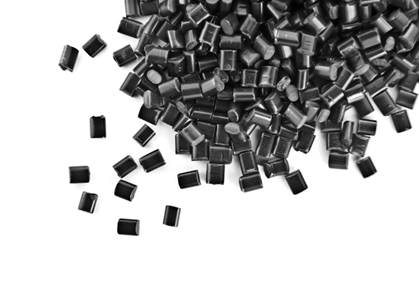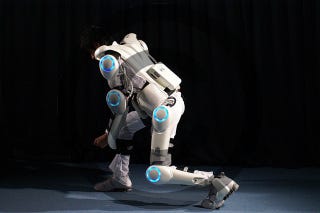Carbon fiber-reinforced material used to fabricate world's first 3D-printed vehicle
A fully functional vehicle being 3D-printed from scratch and assembled by automotive design firm Local Motors (Chandler, AZ) in the space of 44 hours is expected to be driven off the International Manufacturing Technology Show (IMTS) floor this Saturday. A carbon fiber-reinforced compound supplied by Sabic's Innovative Plastics business is being employed as the build material.
September 9, 2014
A fully functional vehicle being 3D-printed from scratch and assembled by automotive design firm Local Motors (Chandler, AZ) in the space of 44 hours is expected to be driven off the International Manufacturing Technology Show (IMTS) floor this Saturday. A carbon fiber-reinforced compound supplied by Sabic's Innovative Plastics business is being employed as the build material.
Local Motors collaborated with Cincinnati Incorporated (Harrison, OH), a large-scale manufacturing system builder; Oak Ridge National Laboratory (ORNL), a pioneer in advanced materials research; and Sabic to develop and validate the technology and materials needed to deliver large format 3D printing technology. The vehicle is comprised of just 40 parts, with 3D prints typically emoploying between 13 to 20% carbon fiber and 87 to 80% ABS resin.
|
Carbon fiber-reinforced compound chosen for the world's first 3D-printed vehicle on account of its excellent strength-to-weight ratio and high stiffness which minimizes warping during the 3D printing process, enabling enhanced aesthetics and performance. |
|
Strati 3D-printed vehicle will drive off the show floor this Saturday. |
Sabic's LNP STAT-KON carbon fiber-reinforced compound was reportedly chosen for its excellent strength-to-weight ratio and high stiffness, which minimizes warping during the 3D printing process, enabling enhanced aesthetics and performance. Additionally, Sabic's expertise in this emerging technology, including material selection and validation, equipment specification and processing, were said to be instrumental throughout the development process.
"Involving Sabic at the inception, with their experience in advanced processing technology and material validation, was critical to the project's success," said Andrew Jamison, CEO for Cincinnati. "Visitors will get a first-hand look at the future of additive manufacturing and its possibilities to transform the industry with our Big Area Additive Manufacturing (BAAM) machine running Sabic material and printing polymer components 200-500 times faster and 10 times larger than today's additive manufacturing machines."
Tony Cerruti, Marketing Director, Americas, for Sabic's Innovative Plastics business commented, "Sabic's materials and processing knowledge together with this advanced additive manufacturing technology will help to address the manufacturing challenges our customers are facing - the high cost to innovate. We believe that this technology has far-reaching potential for applications across the multiple industries that Sabic serves, bringing designs to market faster and enabling mass customization."
The concept vehicle event stemmed from a Local Motor's Design Challenge which resulted in the submission of over 200 entries from 30+ countries. The winning concept, Strati, inspired the full sized 3D-printed prototype.
About the Author(s)
You May Also Like




